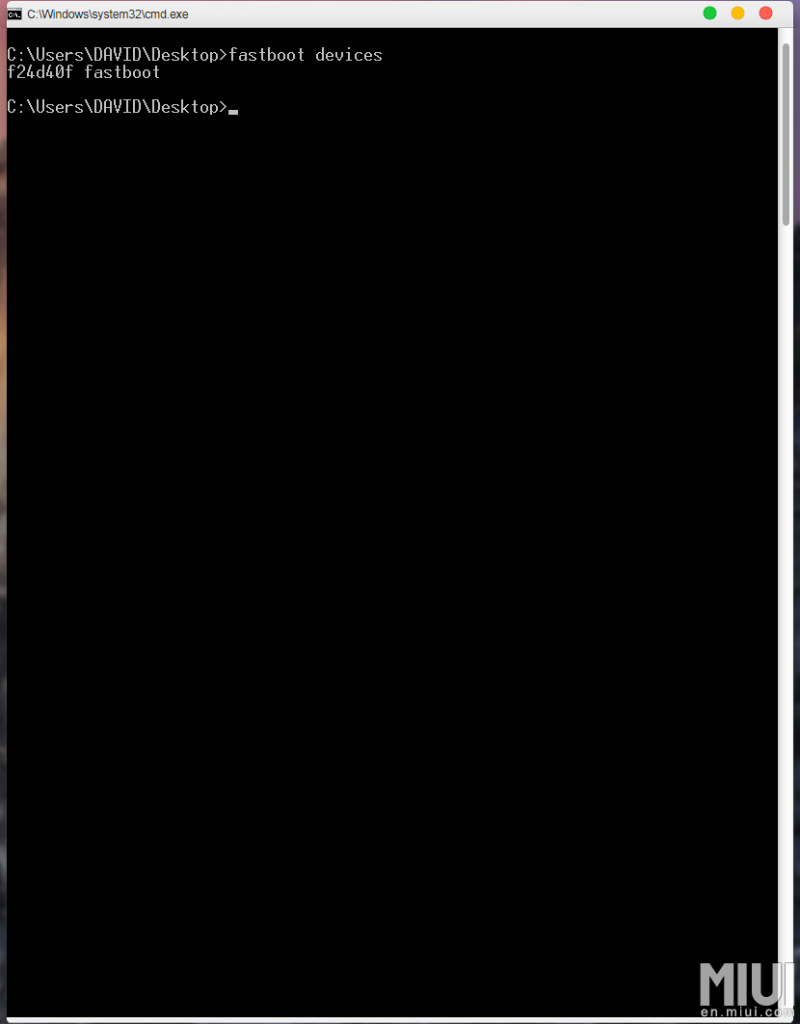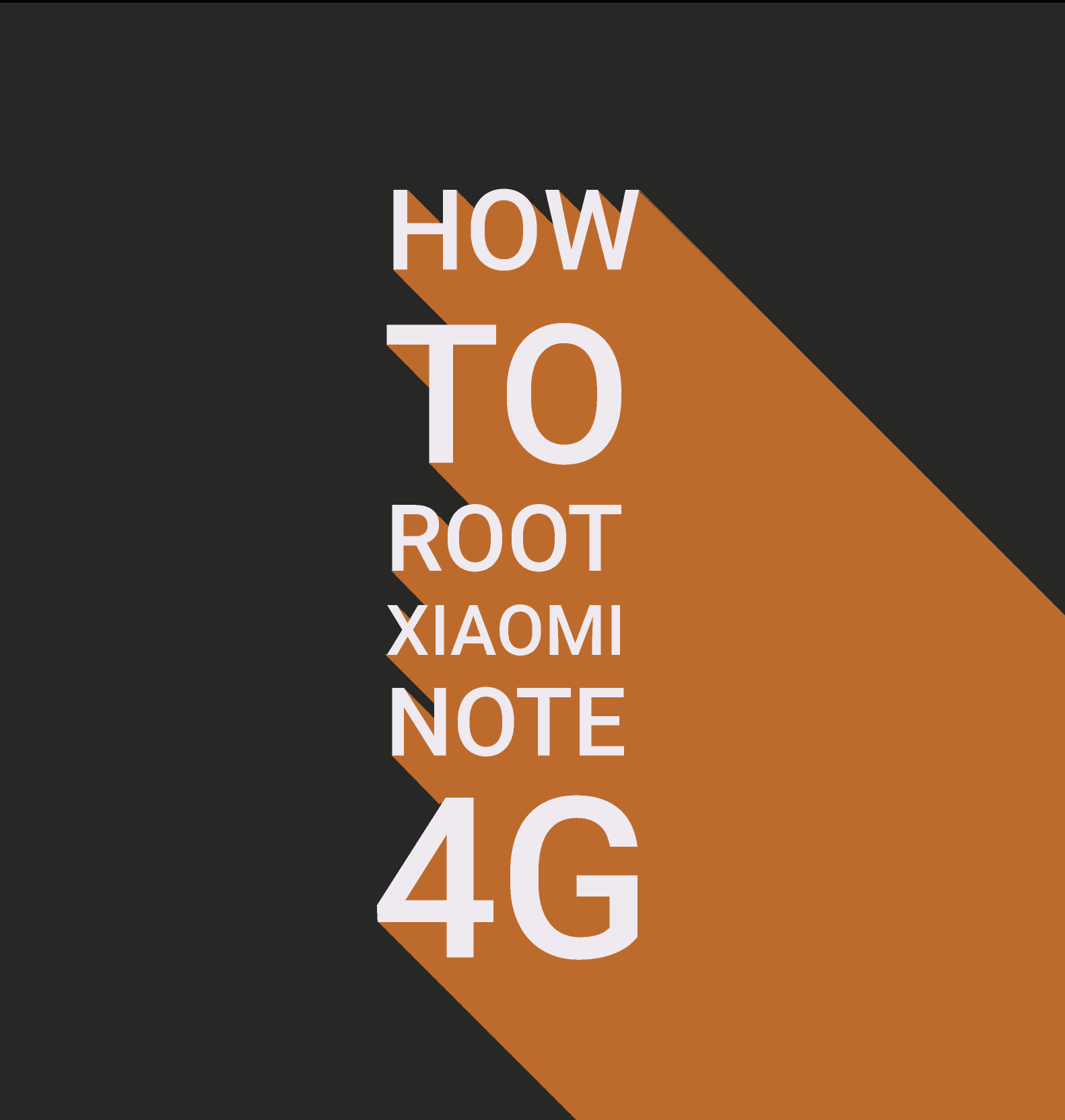
Redmi 2 after Redmi 1S was another Xiaomi offering at the sub 169$ (10k INR) group, which was widely appreciated both critically and by consumers. The launch price at india was 6999INR (105$), and for that you get a Snapdragon 410 Quad Core processor coupled up with 1GB of RAM with 8GB onboard storage.
Though Redmi 2 is already a year old and has a new-gen Redmi 2 Prime (memory and storage upgraded) already selling, the smartphone still is one of the best choices when it comes to the lower end. To get a little more battery, little better performance and to experience a whole new modding experience, the first step is the root your android, and here is a guide that will help you do so.
Here is what you have to do :
To download all the files below, you will have to need to register an account on miui forums, I am sorry can’t hep it because this is the safest places to download such tools.
- Download the Platform Tools
- Download FastBoot Drivers (For installing Flashboot drivers)
- Download the Super User Package (For installing superuser binaries)
- Download Recovery Image File
Procedure:
- Open and Extract Platform Tools, Remember the directory the files are extracted in.
- Transfer the SuperUser Package to your Redmi 2 Smartphone.
- Install Fastboot drivers.
- Go to the Developer Menu and enable USB DEBUGGING.

- Put your smartphone in fastboot mode, press Volume Down + Power Key.

- Now, Extract the Recovery.img from the Zip in Step 3 and place it in the directory you extracted Platform Tools in the Step 1.
- While in the directory, press SHIFT + Right Click and Click on Open Command Window here.

(opening command prompt)

(command prompt screen) - Now copy these codes one by one and hit enter.
- fastboot devices
- fastboot boot recovery.img
- Enter Recovery Mode TWRP ( Press Power+Volume Up )

- Now you’ll enter TWRP Recovery, Click on Install
- Now explore to the directory you placed the SuperUser Package in your Xiaomi Redmi 2.
- Click on Install.
- Congrats now you have root access.
Now, head on to playstore and download RootChecker. This application will confirm that you have root access and then you can try/start using root requesting applications and do root privilege tasks. Comment below if you have any trouble while following the guide. Until next time, Keep Androtrending!








